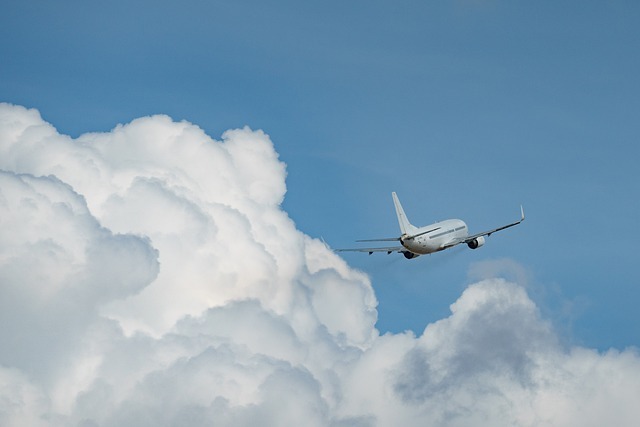For most of us, airline travel means a fair bit of advance planning and a fair bit of stress. If you are taking your cat on a flight, double that planning and you’ve got a head start on minimizing the stress.
If it is not essential that you take your cat on a plane, think hard about whether kitty would be happier and safer staying at home with a caring pet sitter. If, however, you must move kitty from one place to another, here are some tips for making the journey as comfortable, safe and low stress as possible for both of you.
Advance Planning
Detailed planning is absolutely critical to a successful experience; it’s not as simple as just making a reservation. Consider these things:
- What sort of temperament does your cat have? Is she mellow and laid back or shy and fearful or a drama queen? Some cats will need more preparation than others and some may not be good candidates at all for a plane ride.
- Is your cat microchipped? If not, arrange to have this done. If your cat gets lost while traveling (or any other time) the microchip can be used to locate you (it’s connected to a database which contains your contact information). Microchipping is available at Petco and PetSmart locations and many animal shelters.
- What documents are required to take kitty on the airplane, across state lines or to another country? Most airlines require a health certificate, signed by your veterinarian, and issued within 10 days of travel. Check carefully with the appropriate consulate or embassy if you are taking kitty abroad regarding vaccination requirements and any quarantine requirements upon arrival.
- Have you booked a vet appointment? Your vet needs to check kitty out and make sure it’s safe for her to travel.
Airline Rules and Restrictions
As with human air travel there are many regulations and detailed rules to follow. Check very carefully, well in advance, to make sure you understand exactly what is required.
- Most airlines no longer allow animals in cargo (except for pets of military personnel and State Department employees) so kitty will be flying in the cabin with you, which is a very good thing! She must stay in her carrier under the seat in front of you at all times.
- Cats must be at least 8 weeks old for domestic flights and at least 4 months old for international travel.
- Only a limited number of animals are allowed on a flight and it generally depends on what type of aircraft is being used. Make your reservations for kitty early to ensure there is space. If at all possible book a direct flight so there are no stops, layovers or plane changes.
- There are differences among airlines; for example, American Airlines does not allow cats who have been sedated or tranquilized and United Airlines doesn’t allow cats to travel to or through Hawaii, U.K. and Ireland.
- Double check if your flight is on a partner airline or is a code share flight (for example, you booked on Delta but the flight is on Air France) because the rules regarding pets may be different.
Security at the Airport
Kitty does have to go through TSA security screening at the airport but she cannot go through the screening machine used for your carry-ons. According to the TSA:
- “All pets should be brought to the security checkpoint in a hand-held carrier. Remove the pet from the carrier just prior to the beginning of the screening process.
- Place the empty travel carrier so it can be x-rayed.
- Never place a pet in the x-ray tunnel.”
- Carry kitty through the human screening device. To ensure that she doesn’t freak out and jump from your arms, put her in a well-fitting harness with a leash so you can maintain a firm grip on her.
- Once through the screening device put her safely back in her carrier.
Cat Carriers
Kitty is going to be sequestered in a carrier for a number of hours so it’s important that the carrier be as comfortable and secure as possible.
- You can choose either a hard-sided or soft-sided carrier but check that it meets your airline’s specifications for size and construction.
- Leave the carrier out and open at home weeks before your trip so kitty can get used to it. Encourage her to go in and out of the carrier, perhaps by putting toys or treats inside.
- The carrier should be clearly labeled with your contact information. Include details about kitty on the inside of the carrier in case of emergency: name, description, microchip information, any medications she’s taking.
- Use pee pads on the floor of the carrier or wrap a towel around several sheets of newspaper in case kitty needs to go to the bathroom during the flight.
- Consider using a calming pheromone spray like Feliway in the carrier.
With sufficient planning and information gathering on your part kitty’s airplane ride will go smoothly and, who knows, she may even be willing to do it again!
Additional Resources
https://vcahospitals.com/know-your-pet/flying-with-your-cat
https://www.avma.org/resources-tools/pet-owners/petcare/traveling-your-pet-faq
